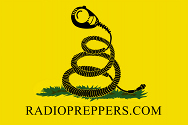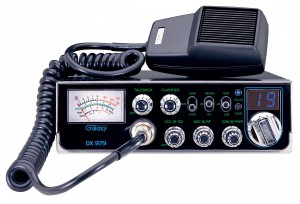Welcome aboard :-) I did read all your posts with great interest. I am sure you will have knowledge to share on this board, and that is great.
I am new to Ham, though not new to radio and electronics.. I thought most Hams still did tinker with equipment, but I guess, not so much. Now I am busy learning Morse code... I also built three transceivers so far, including an Elecraft K1. I have a second Rock-Mite on order :-)
That said, my main goal with this board is to educate people interested in emergency preparedness on how to choose and use (even build?) radios which could help them gather information in SHTF scenarios, and communicate with others.. I am no expert, but hopefully, some will join us here..
Have a great week-end,
Gil.

